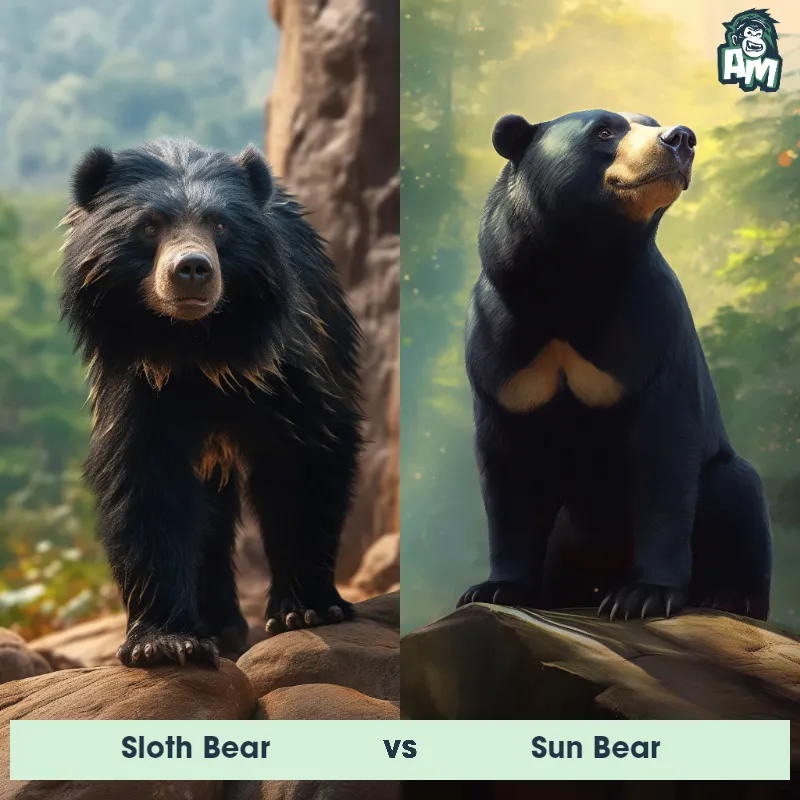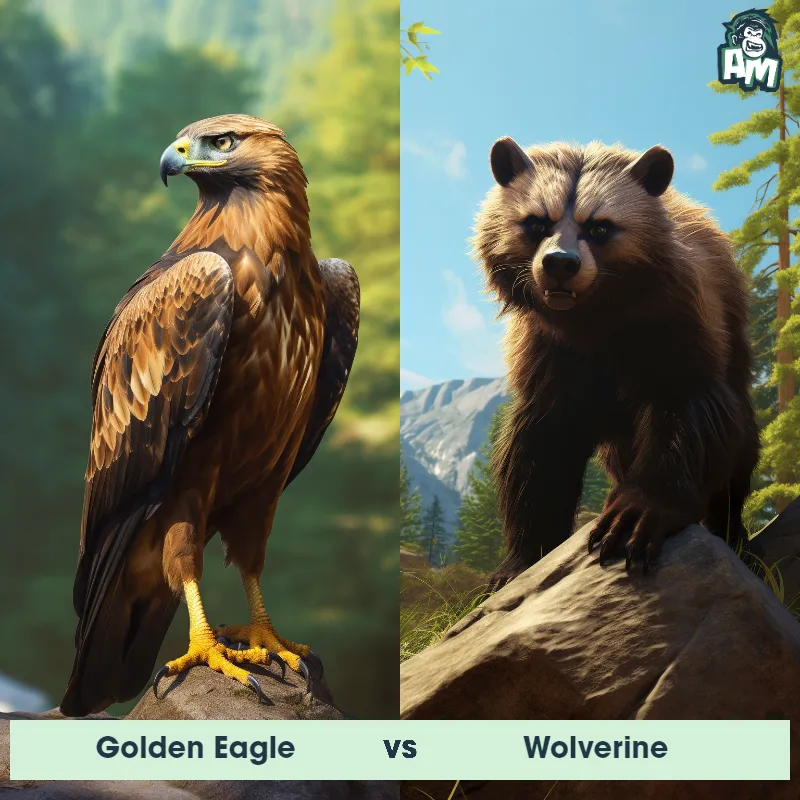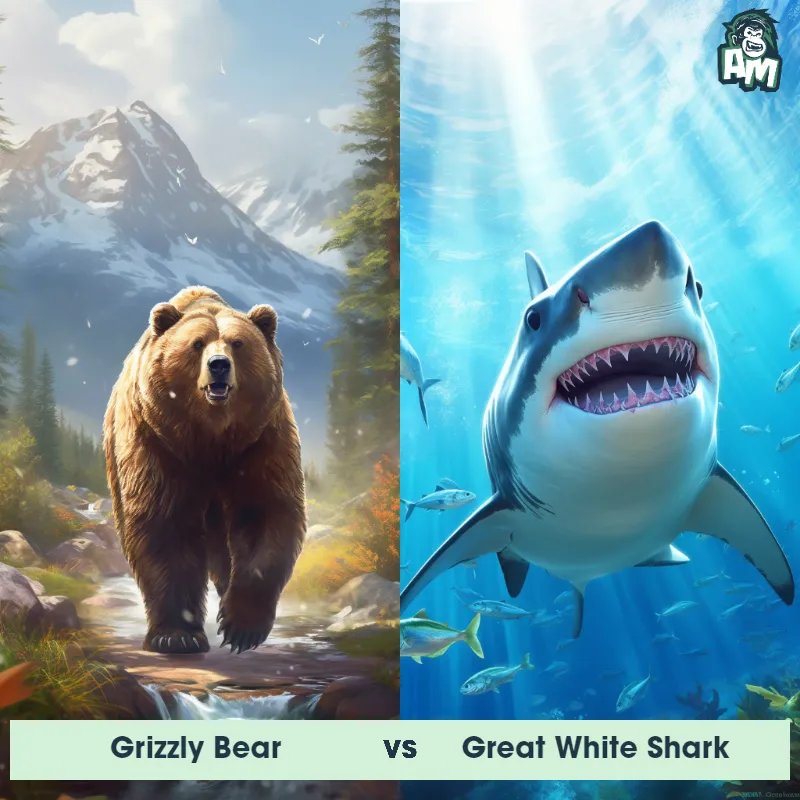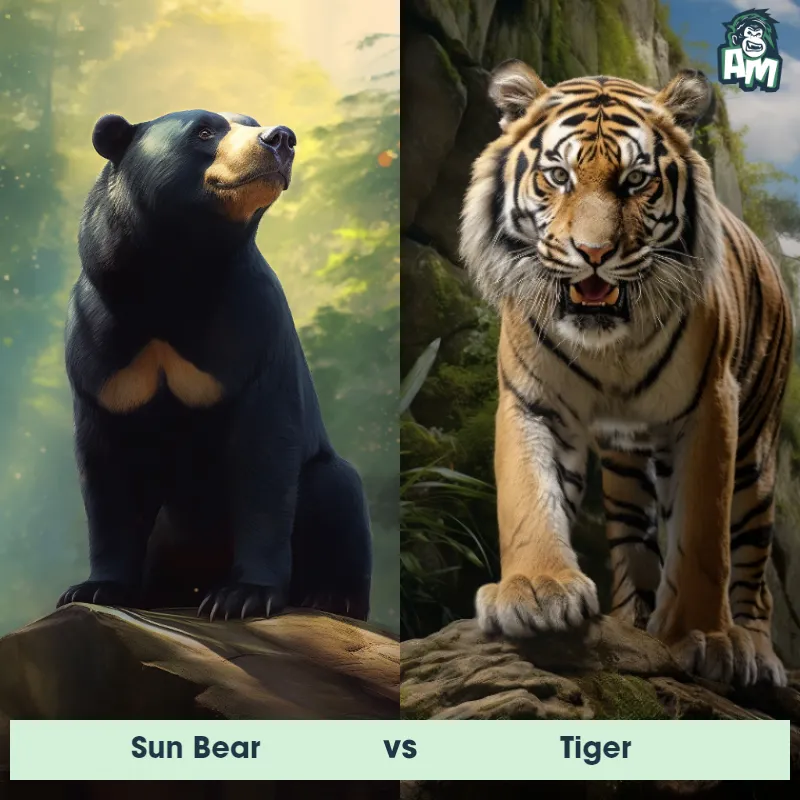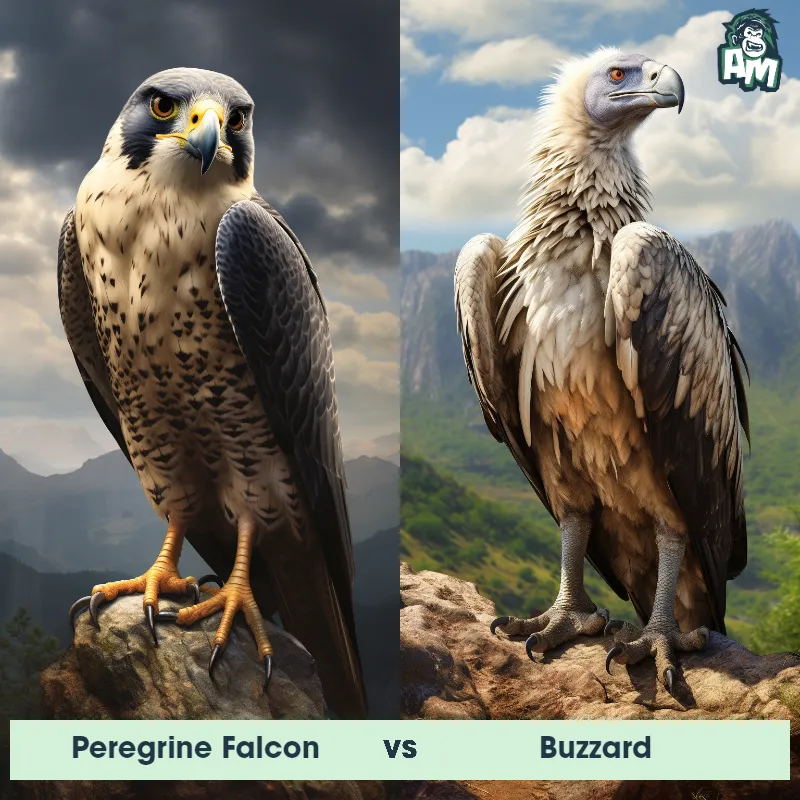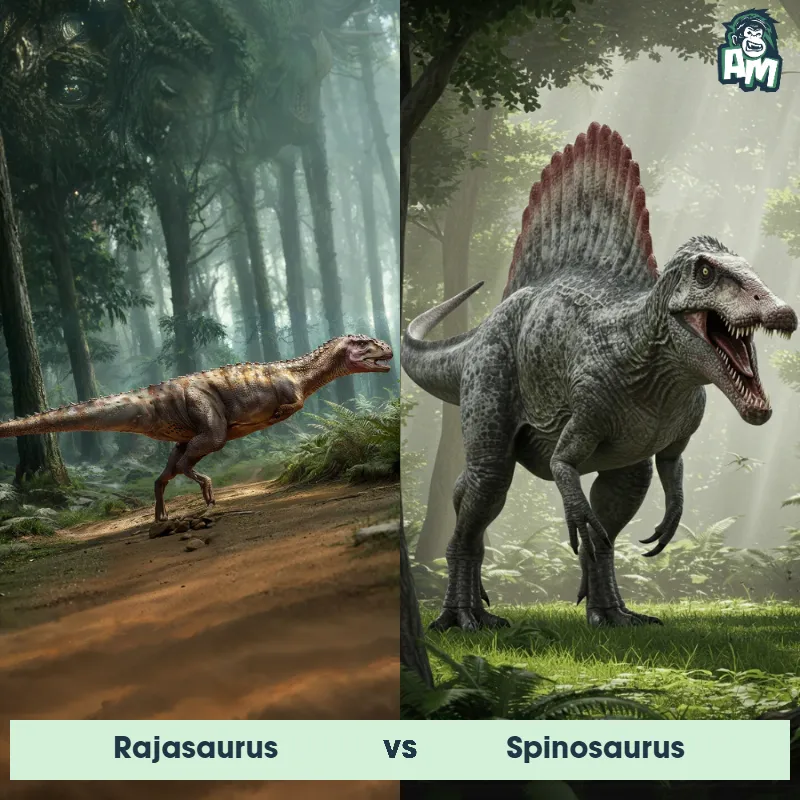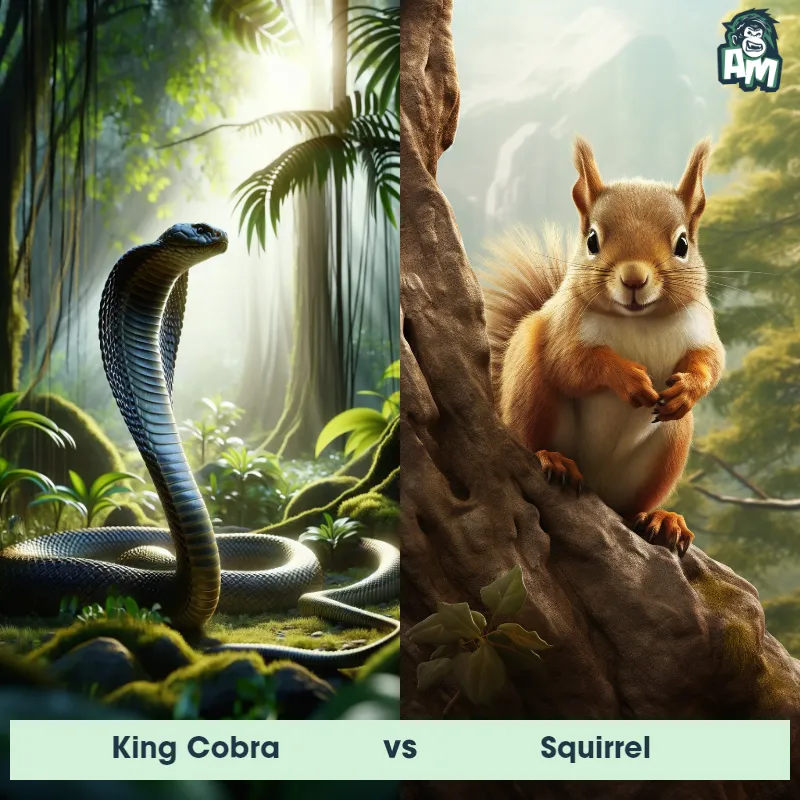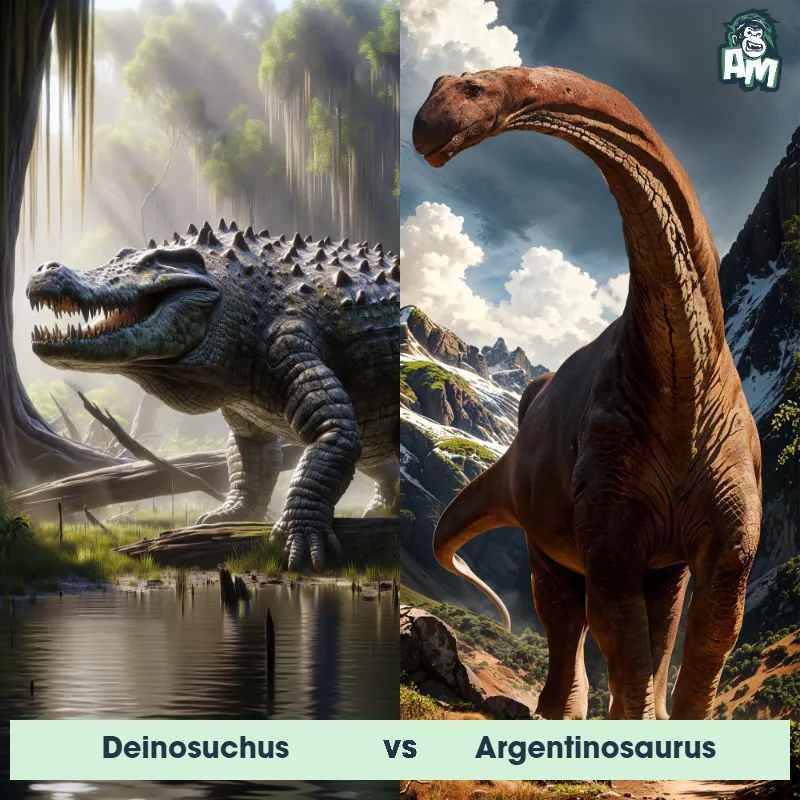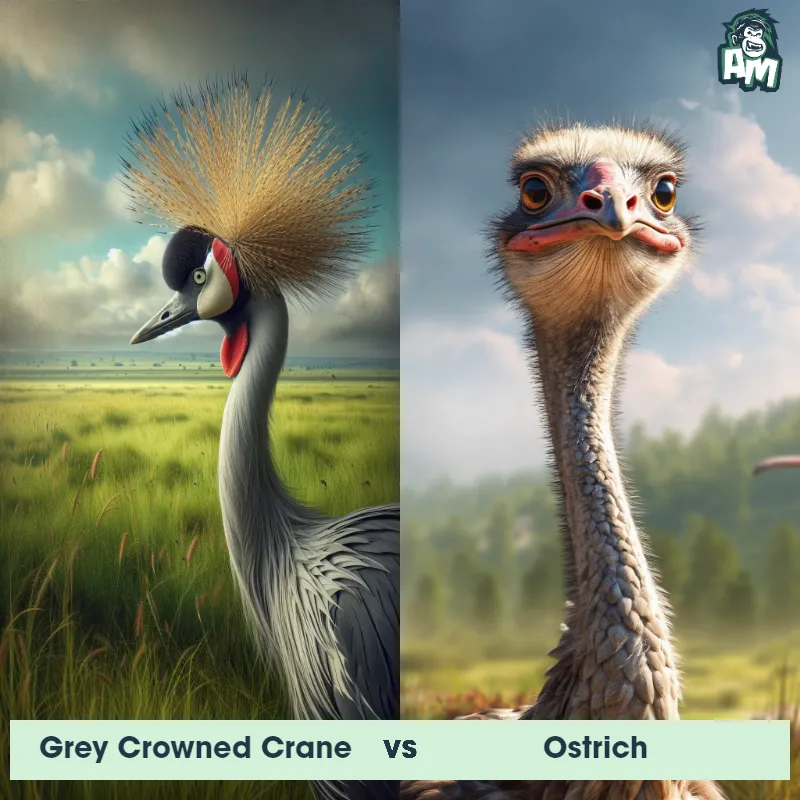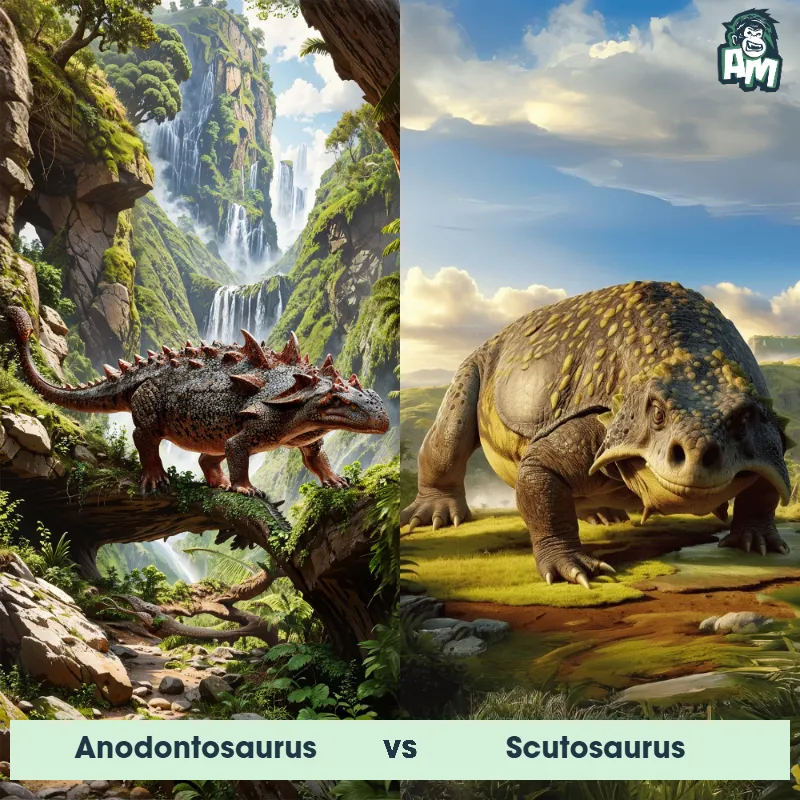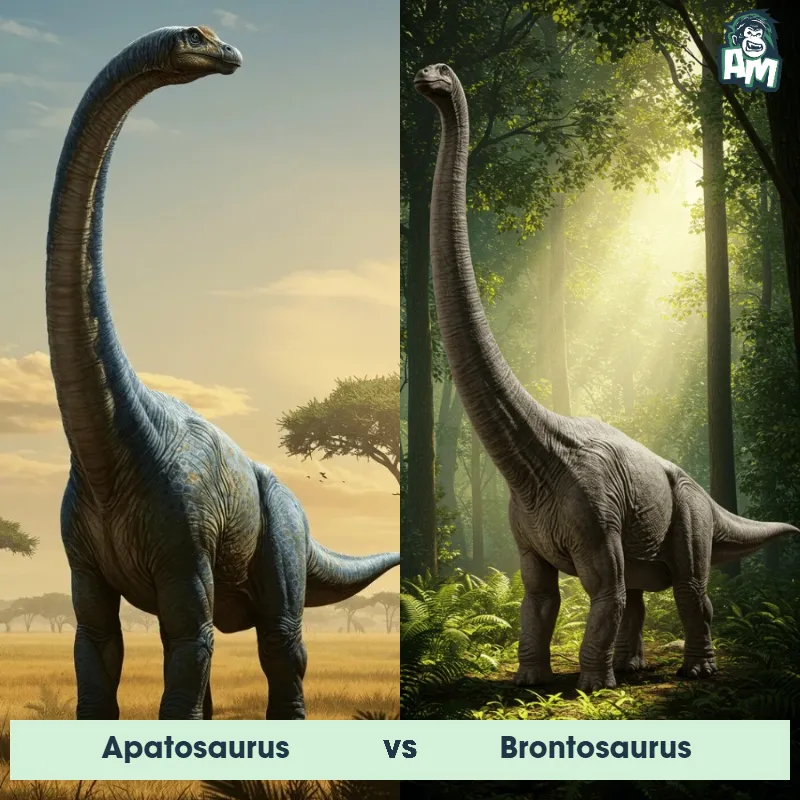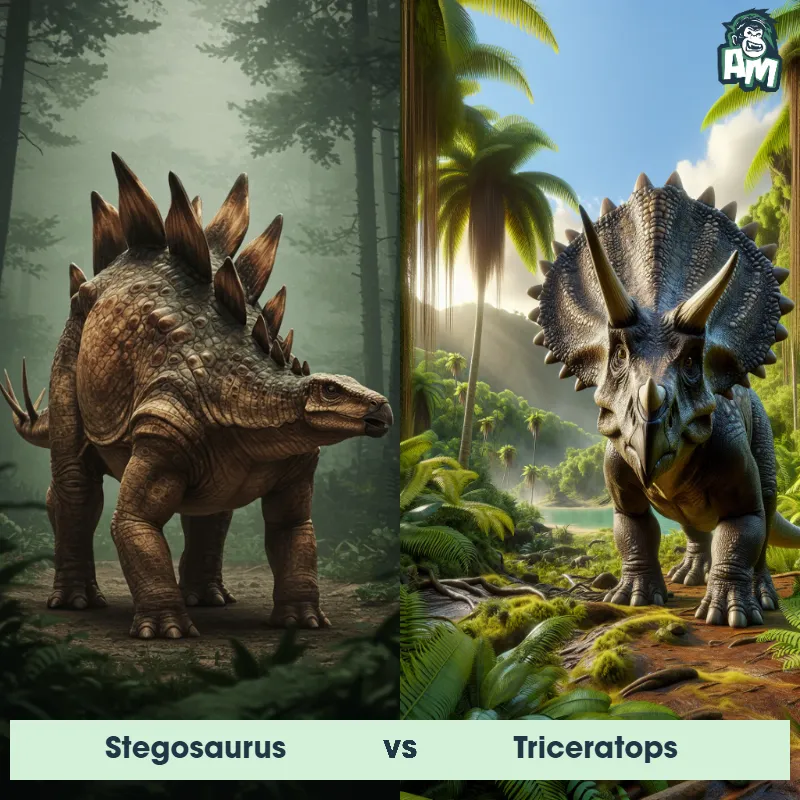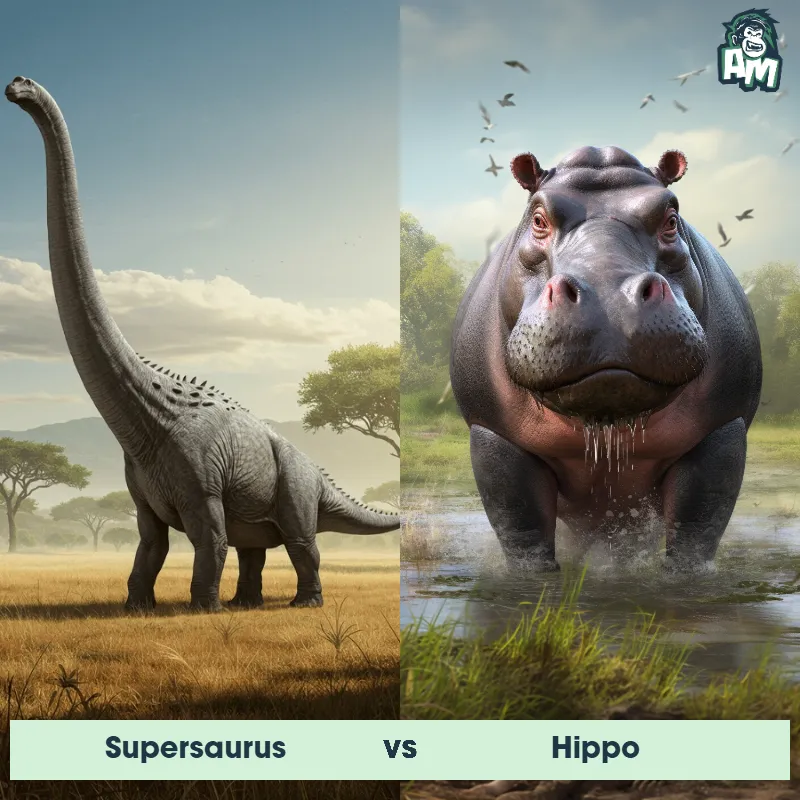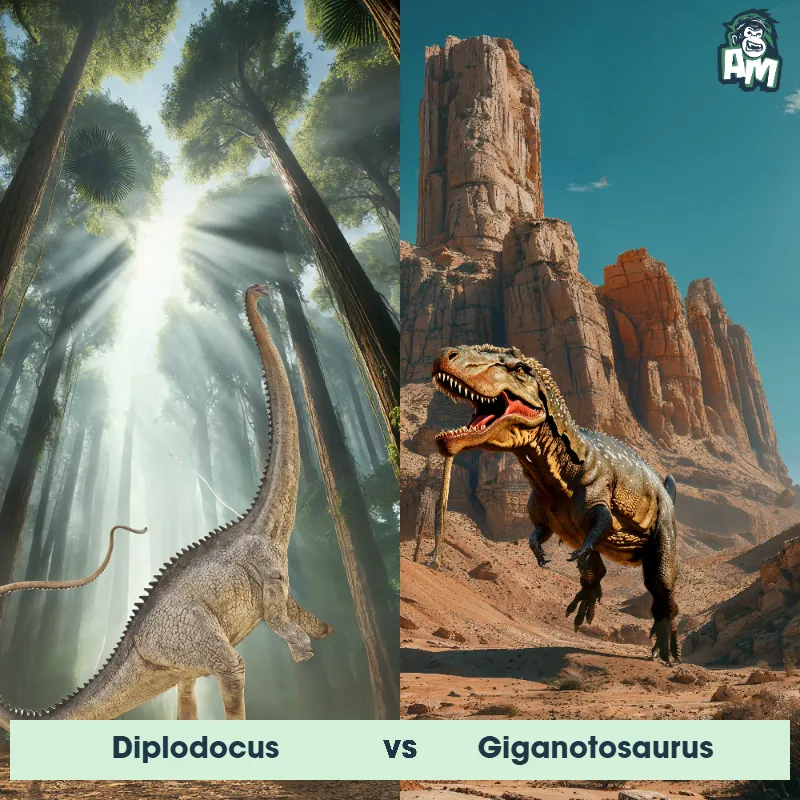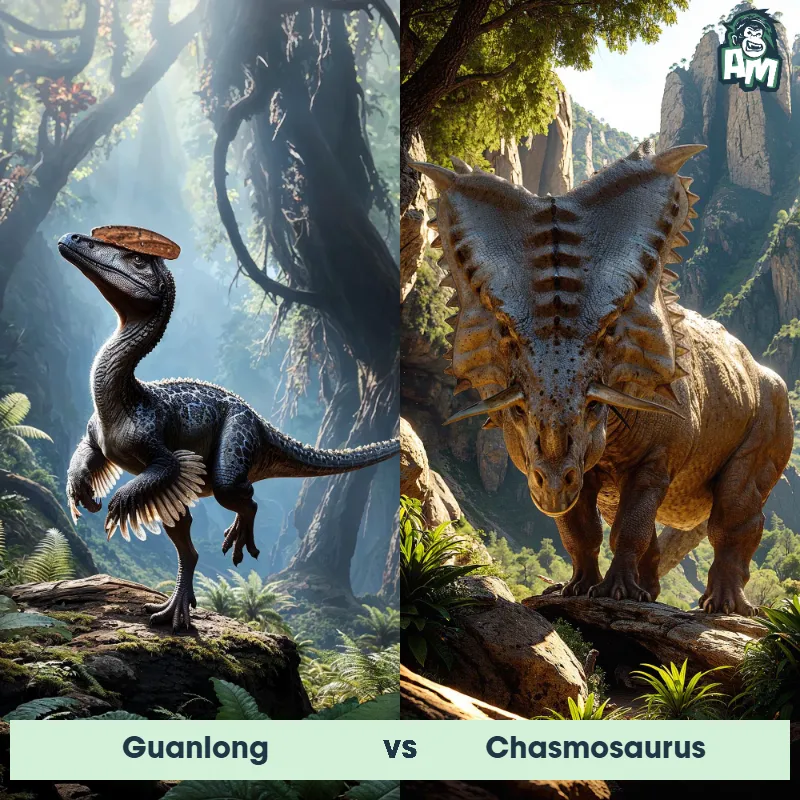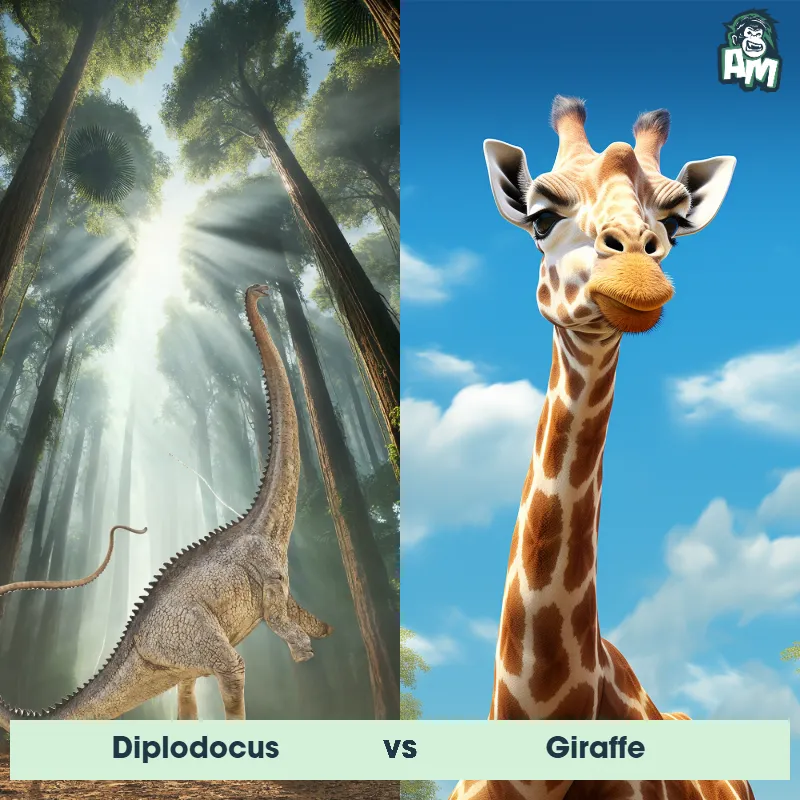Diplodocus vs TriceratopsSee Who Wins
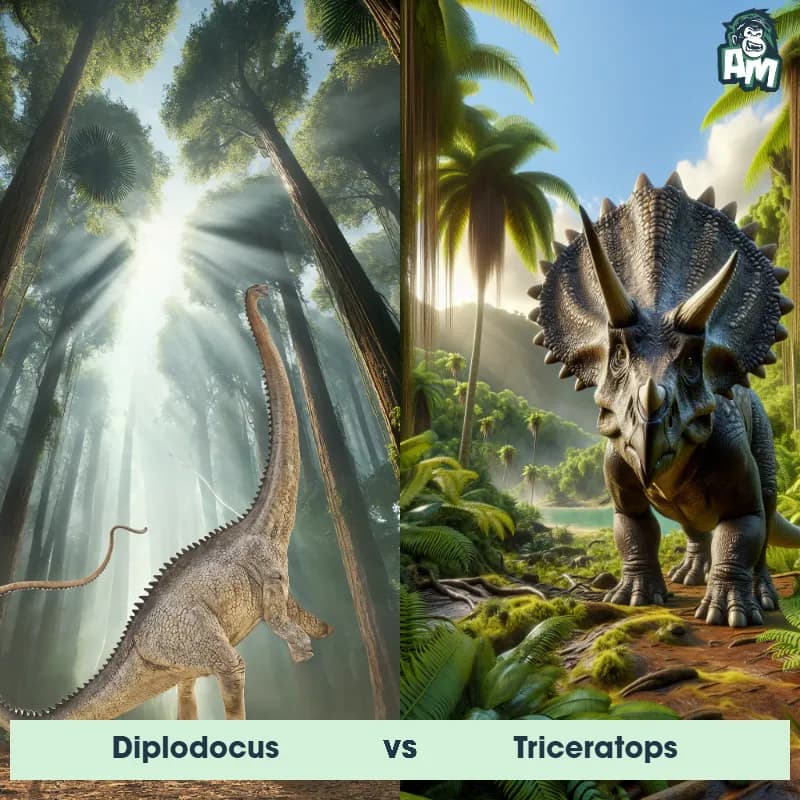
In the arena today, we have a colossal face-off between two giants of the prehistoric world! On one side, the towering Diplodocus, with its long neck and tail. Facing it, the formidable Triceratops, boasting three fearsome horns and a solid frill. The stage is set for an epic battle of strength and strategy!
Contender 1: Diplodocus
The Diplodocus, a herbivorous dinosaur from the Late Jurassic period, is known for its long neck, whip-like tail, and sturdy legs. It could reach lengths of up to 90 feet and weigh as much as 12 tons. Despite its massive size, its skull was small and light, with peg-like teeth for stripping leaves off branches.
Fun Fact: One fun fact about Diplodocus is that it is estimated to have had a heart weighing around 600 pounds to supply blood to its large body.
Contender 2: Triceratops
Triceratops, commonly known as the three-horned dinosaur, was a herbivorous dinosaur that roamed North America during the late Cretaceous Period. It was characterized by its massive size, with the largest individuals reaching up to 30 feet in length and weighing over 10 tons. Its most distinctive feature was the three horns on its face – one on the snout and two above the eyes. Additionally, it had a large bony frill at the back of its head, which may have been used for display or defense.
Fun Fact: The horns of Triceratops were made of keratin, the same material found in our hair and nails, rather than bone.
Matchup Stats
| Diplodocus | Triceratops | |
|---|---|---|
| Size | 90 feet (27.4 meters) | Up to 30 feet (9.1 meters) |
| Weight | 12 tons (10,886 kilograms) | Over 10 tons (9,071 kilograms) |
| Speed | 10 - 15 mph (16 - 24 km/h) | 15-20 mph (24-32 km/h) |
| Key Strength | Tail whip | Horns for defense |
| Biggest Weakness | Small skull and teeth | Mobility due to size |
Current Votes
Diplodocus vs Triceratops
See Who Wins
View More Matches
Looking For More?
Similar Matches
Scientific Stats
| Diplodocus | Triceratops | |
|---|---|---|
| Scientific Name | Diplodocus | Triceratops |
| Family | Diplodocidae | Ceratopsidae |
| Habitat | Forests | Land |
| Geography | North America | North America |
| Diet | Herbivore | Herbivorous |
| Lifespan | 70 years - 100 years | 26 years - 30 years |
Key Differences between Diplodocus and Triceratops
- Skull: Triceratops had a large, bony frill and three distinct facial horns, whereas Diplodocus had a relatively small, elongated skull with no horns or frill.
- Limbs: Diplodocus had pillar-like limbs to support its lengthy frame, whereas Triceratops had more squat, sturdy limbs suitable for bearing its mass.
- Teeth: Triceratops possessed a beak and shearing teeth adapted for cutting vegetation, while Diplodocus had peg-like teeth suited for stripping leaves from branches.
- Neck: Diplodocus had an elongated neck which made up a significant part of its body length, whereas Triceratops had a short, robust neck.
- Size: Diplodocus was much longer, reaching up to 90 feet in length, while Triceratops was considerably shorter, measuring around 30 feet long.
- Body Shape: Diplodocus had a slender, elongated body and a long tail, while Triceratops had a more robust, bulky body with a shorter tail.



